«What we do are adapted menus, more or less regional, things that we eat today. And it is from there that we take the opposite route, looking for the history of a product. When we make soup and add a potato, we will know how the potato got here». That's how the «gourmet artist» Jorge Rocha began by explaining what was going to happen in the performative action «Cooking in the Landscape», which this Saturday afternoon attracted around fifty people to the Fortaleza de Sagres.
"This is not a historical recreation," he insisted. In fact, it was quite the opposite: to show how one can start from the present to arrive at History. nothing more appropriate on the International Day of Monuments and Sites.
The stage of the performance was supposed to have been outside, with the sea behind it as a landscape. But the strong wind that was felt made the plans unfeasible and the action moved into the Fortaleza restaurant, with the secular wall as a landscape.
Helping Jorge Rocha, who was the master of ceremonies, were archaeologist Rui Parreira, lawyer and researcher specialized in military history João Centeno and also a volunteer, Filomena Machado, who was to be responsible for making a tasty stew.
While the plastic artist, cook and performer As he moved on to the menu, Joao Centeno explained what soldiers ate in the past. The menu prepared and explained there, in the format of talk show, ended up consisting of a fish stew, a cassava soup with croaker and fennel, mussels cooked in two ways (with fennel and fresh thyme) and orange with ginger and honey.
About mussels, «a product that is king here in the region», João Centeno said that the soldiers who were part of the Fortress, in earlier centuries, would also eat them.
And archaeologist Ricardo Soares added that, in the Vila do Bispo area, “there is archaeological evidence, for example in Vale Boi, from the time of hunter-gatherers, that mussels were used as food. They fed on the products they found in nature and the mussel is one of them».
Before the beginning of the performative action “Cooking in the Landscape”, a large part of the group had already participated in a visit to the Sagres Fortress, guided and commented by Rui Parreira. “This is the biggest shipping corner in Europe. The Infante understood this: that Sagres was a great point of control for navigation and not so much of defense».
About Infante and what would be eaten here in his time, it was also discussed in the session, which was broadcast live, in www.palato.org/transmission, resulting in a set of virtual landscapes stored on the website's PALAT channel www.palate.org, which are the focus of ongoing artistic research.
Throughout the performance, a lot was said, especially about the origin and history of many products that are part of our gastronomy today, but that came from distant places, over the centuries, especially in the wake of the Portuguese navigations of the XNUMXth century , such as sugar, sweet orange, pepper, chillies, potatoes, tomatoes, cassava.
But there was also talk of what the Portuguese and other Europeans took, for example, to Asia, such as the chilli peppers that we associate with Asian food today.
While conversations crossed, with the contribution of several people from the audience, the Fortaleza restaurant room was filled with the aromas of the products and aromatic herbs. In the end, when internet transmission was turned off, it was time for sharing. All the dishes were delicious, but the preferred vote was the cassava soup, with croaker and fennel, due to the unusual flavor, texture and preparation.
In statements to the Sul Informação, Jorge Rocha revealed that, this year, there will be at least half a dozen more of these original sessions, throughout the summer, in places and dates to be indicated, in the Algarve and Alentejo, in a project that the artist and performer is being finalized and will have the support of several municipalities.
The action at the Sagres Fortress took place within the scope of the Promotion and Valorization of Monuments program (DiVaM), promoted by the Regional Directorate of Culture of the Algarve, and was intended to mark the International Day of Monuments and Sites.


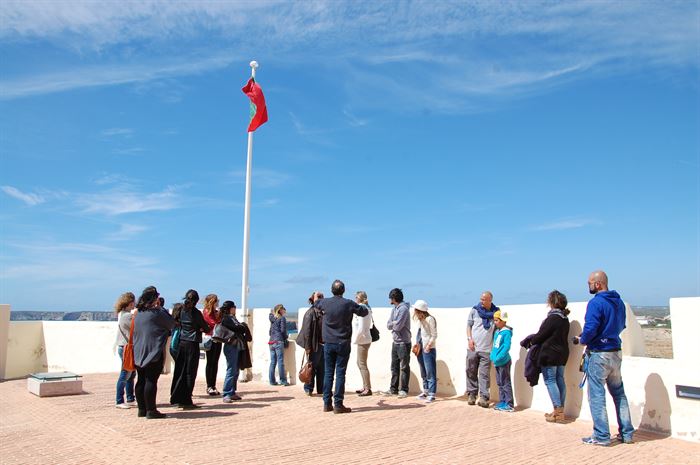
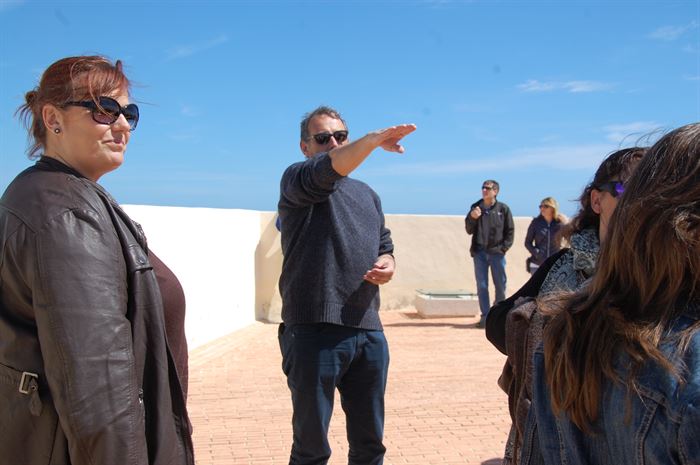
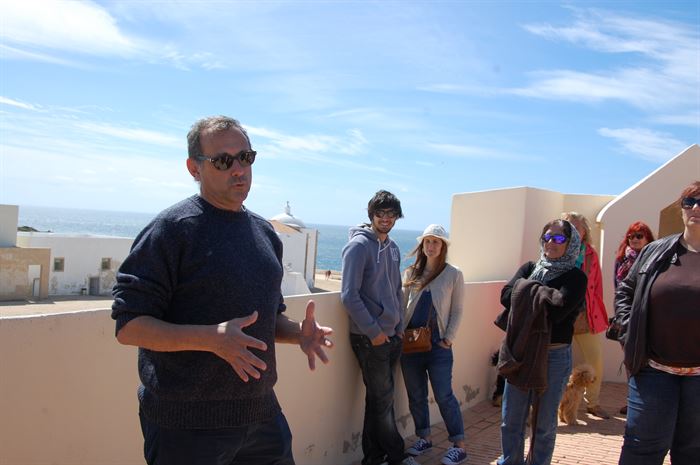
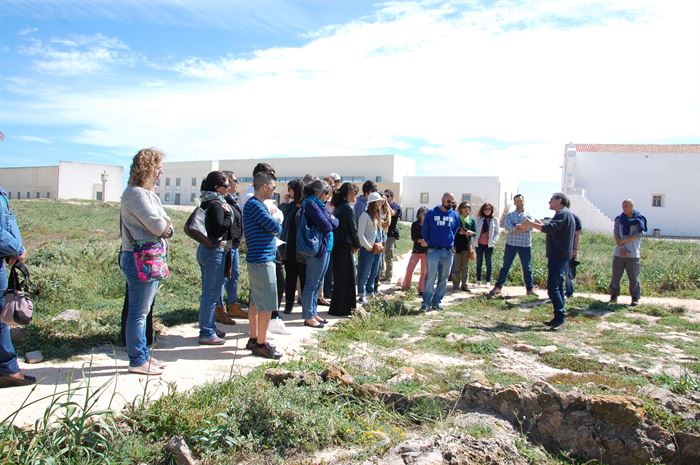
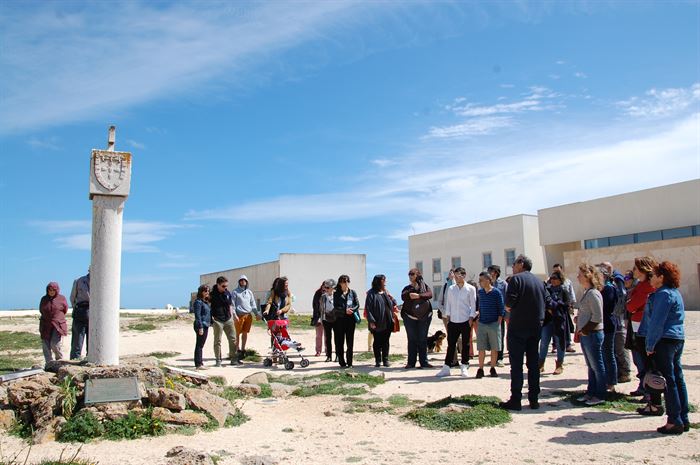
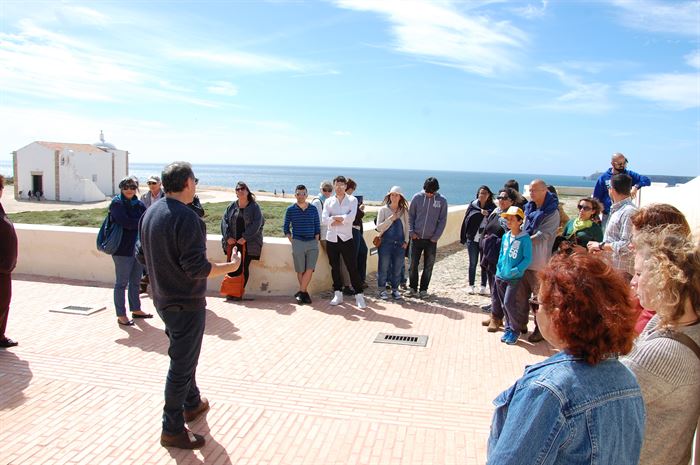
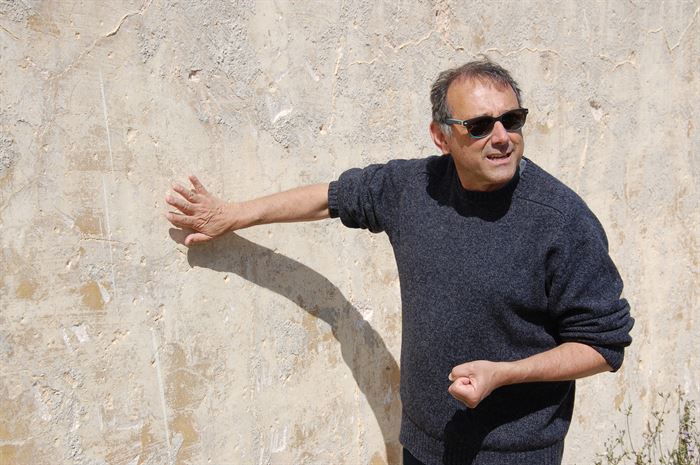
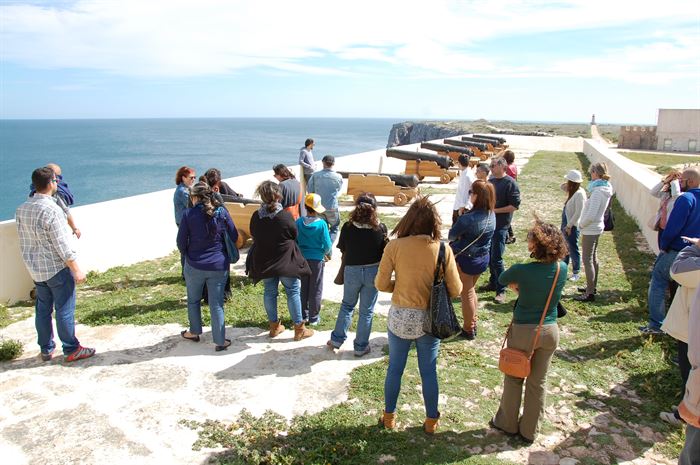
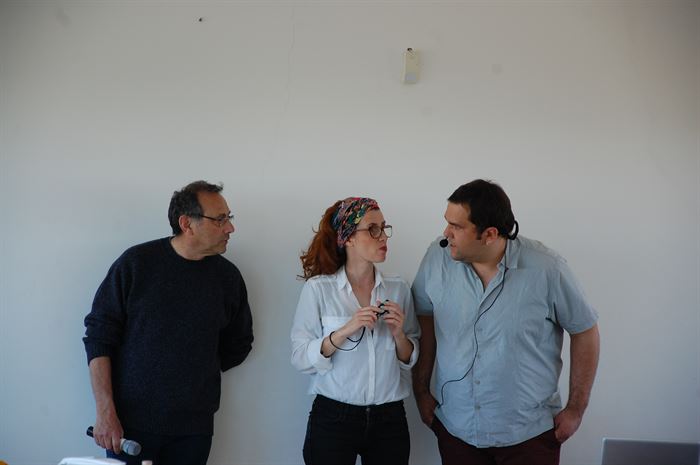
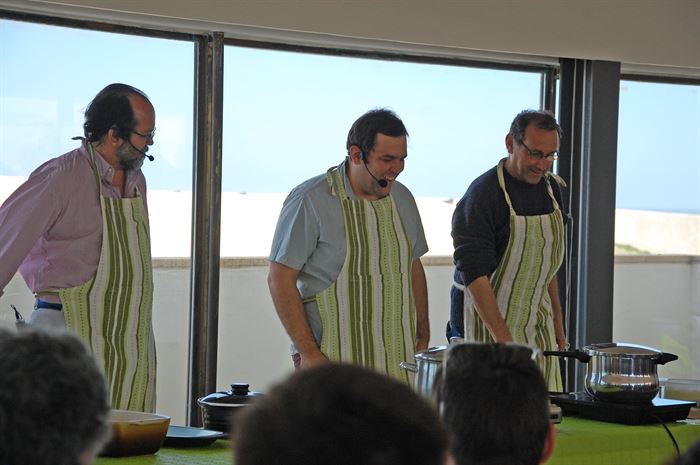
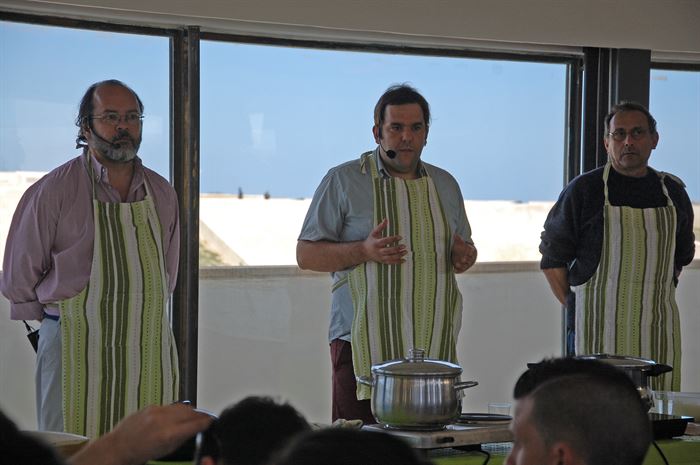
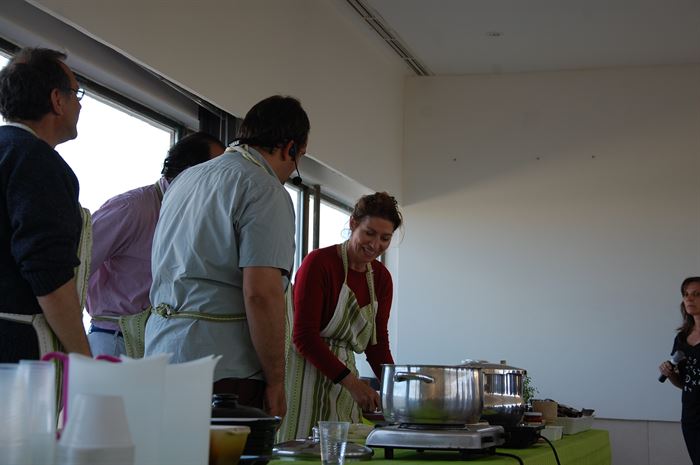
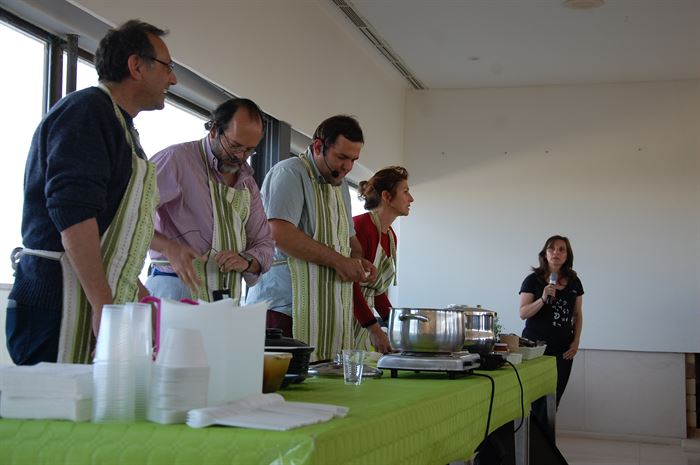
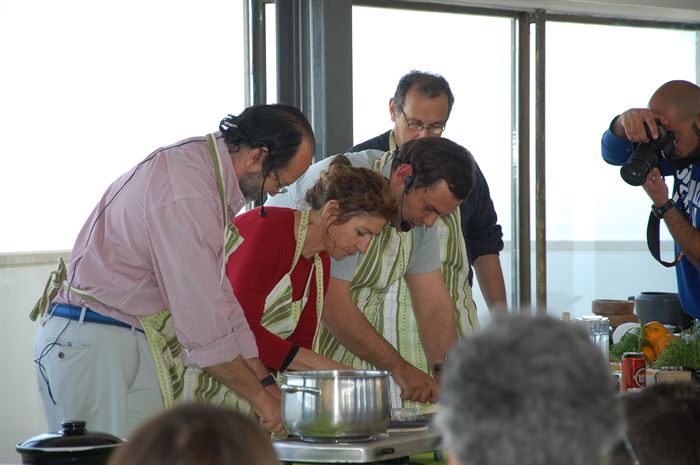
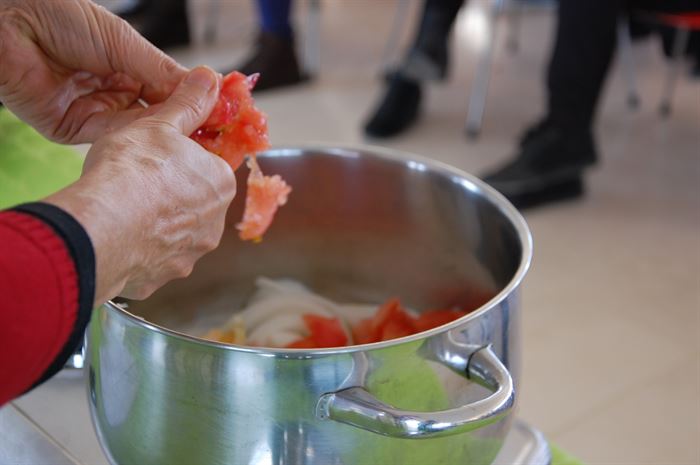
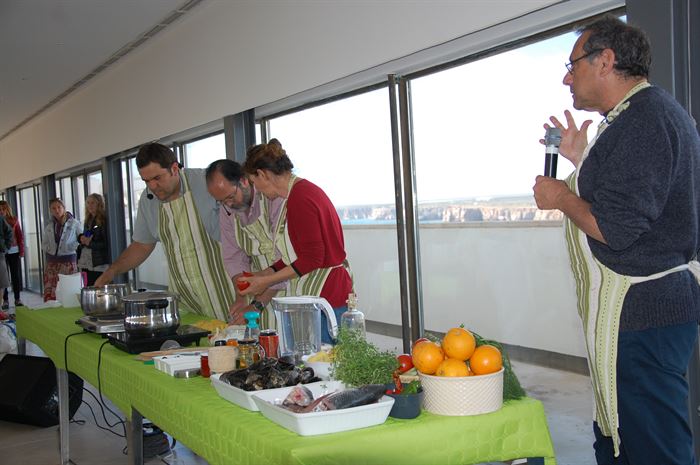
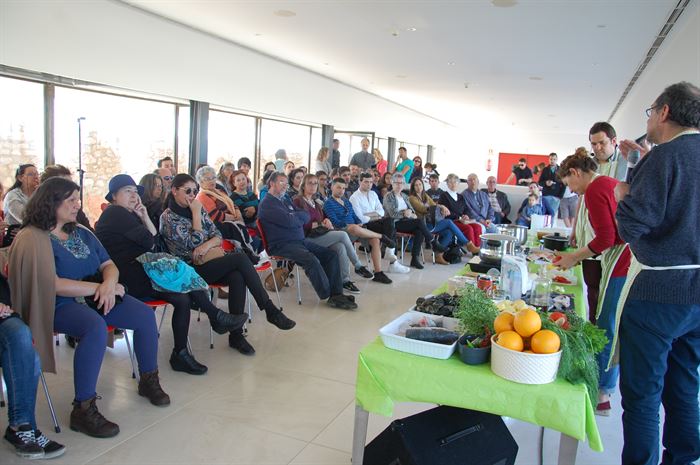
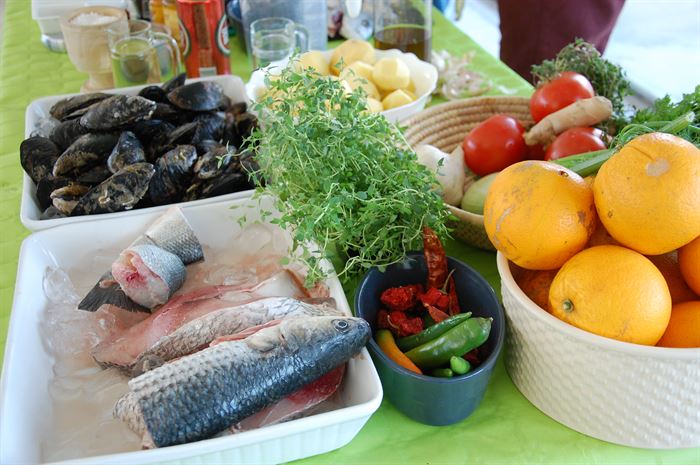







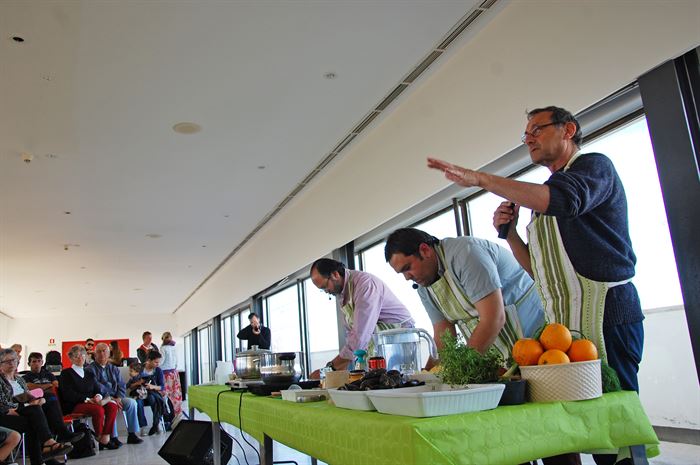




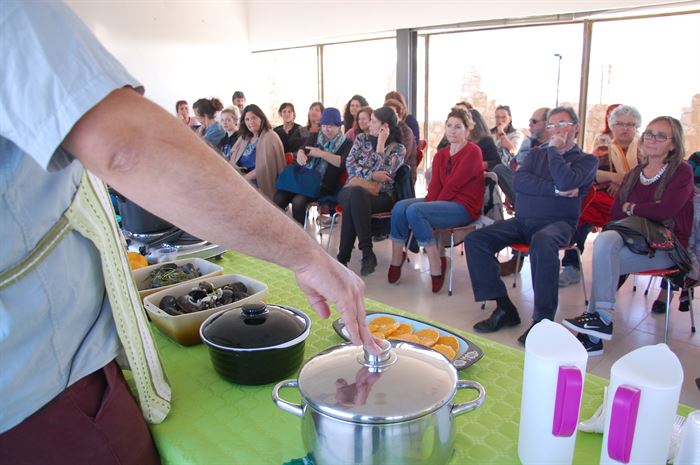

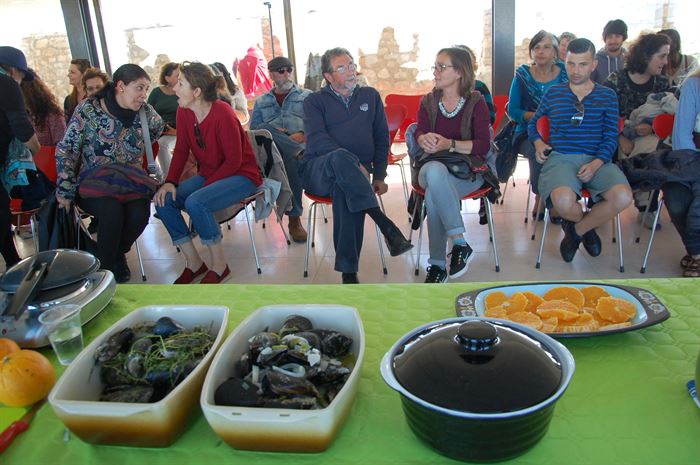



















Comments